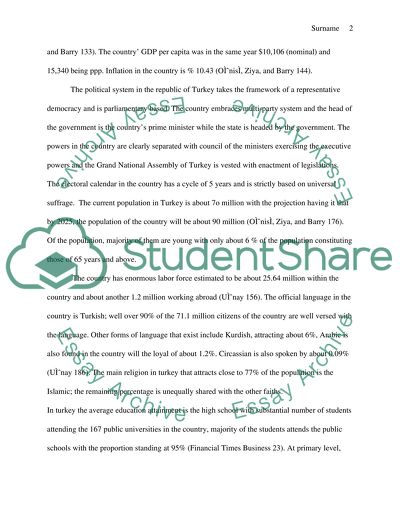Cite this document
(“Country analysis - i pick TURKEY for this paper Term”, n.d.)
Retrieved from https://studentshare.org/macro-microeconomics/1398215-country-analysis-i-pick-turkey-for-this-paper
Retrieved from https://studentshare.org/macro-microeconomics/1398215-country-analysis-i-pick-turkey-for-this-paper
(Country Analysis - I Pick TURKEY for This Paper Term)
https://studentshare.org/macro-microeconomics/1398215-country-analysis-i-pick-turkey-for-this-paper.
https://studentshare.org/macro-microeconomics/1398215-country-analysis-i-pick-turkey-for-this-paper.
“Country Analysis - I Pick TURKEY for This Paper Term”, n.d. https://studentshare.org/macro-microeconomics/1398215-country-analysis-i-pick-turkey-for-this-paper.


